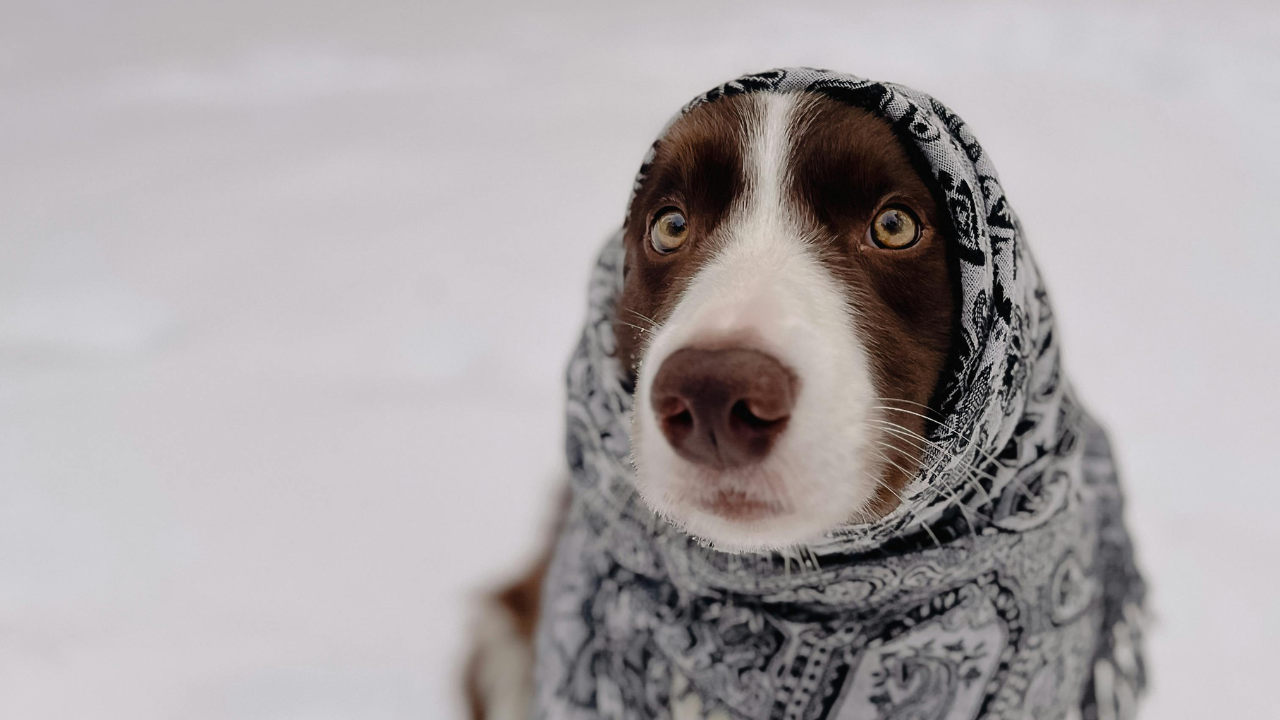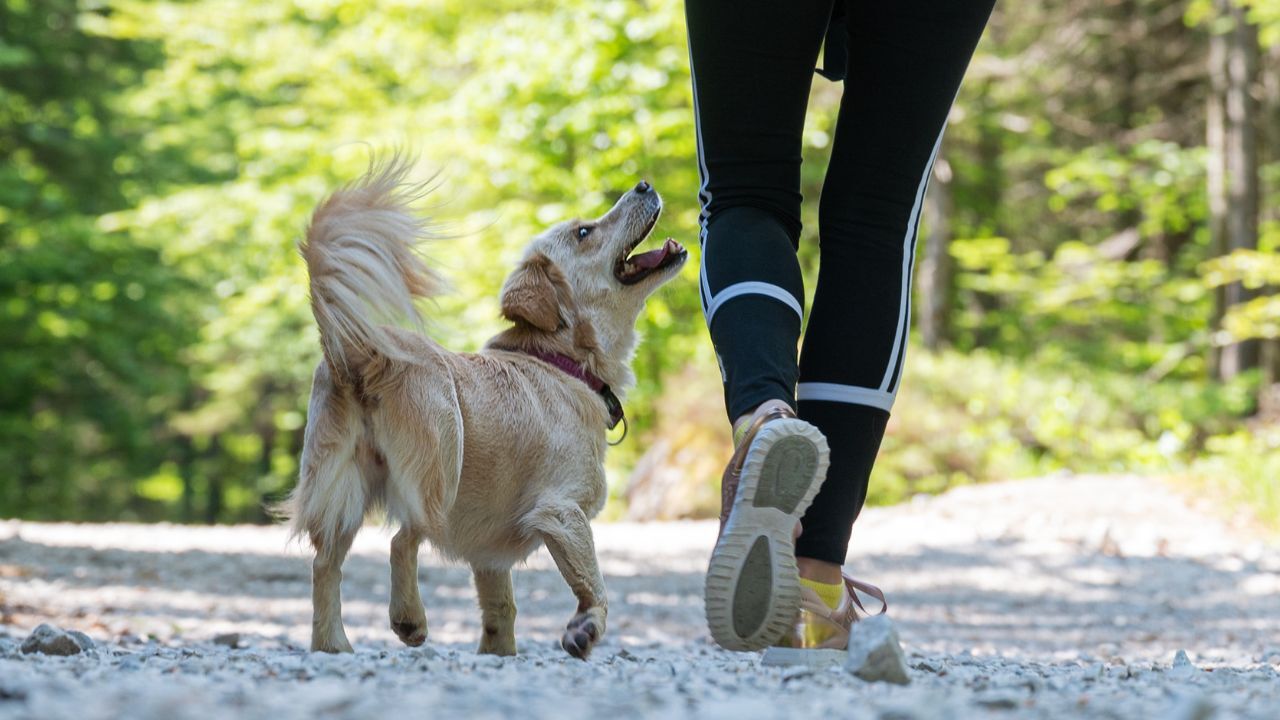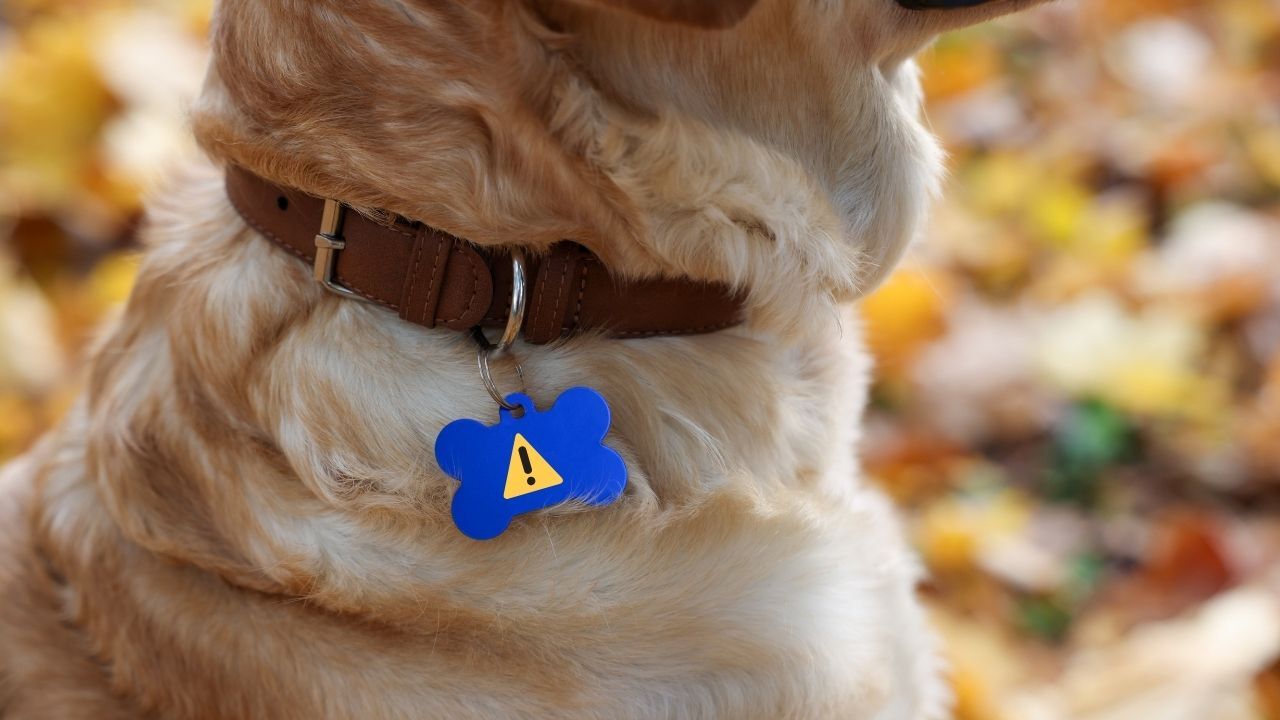When the frosty mornings start appearing and our breath turns to mist, it’s natural to wonder — how cold is too cold to walk my dog?
We love a good winter walk here at Hoppiness Pet Care, but it’s important to know when the cold goes from refreshing to risky. Let’s look at what vets and animal welfare experts say about walking dogs in chilly UK weather.
What the experts say
According to the British Veterinary Association (BVA), freezing weather can be one of the most dangerous winter hazards for pets. They advise keeping walks shorter and protecting dogs from cold, ice, and toxic grit when temperatures drop.
(BVA Winter Hazards Advice)
The Kennel Club also warns that very low temperatures and cold winds can quickly reduce a dog’s body temperature, leading to frostbite or hypothermia. They recommend limiting outdoor time on very cold, icy, or snowy days, and using a coat or paw protection where needed.
(The Kennel Club – Winter Dangers to Dogs)
And the PDSA highlights that hypothermia happens when a pet’s body temperature drops dangerously low. They advise keeping dogs warm, dry, and reducing time outside during very cold weather.
(PDSA – Hypothermia in Pets)
So, how cold is too cold?
While every dog is different, here’s a general guide based on veterinary recommendations and UK conditions:
-
Around 5°C or higher: Safe for most dogs, though small or short-haired breeds may still benefit from a coat.
-
Around 0°C to -2°C: Some dogs (especially small, elderly, or thin-coated ones) will likely start feeling uncomfortable. Walks should be shorter and sheltered. Keep an eye on how they walk for any paw pad discomfort.
-
Around -4°C or below: Time to limit walks to quick toilet breaks and indoor play. At this point, the risk of frostbite and hypothermia rises sharply for all breeds. Cold ground may be painful on paw pads.
(Ref: Avenue Veterinary Centre)
Remember, damp weather and wind chill can make it feel much colder than what the thermometer says — so always take that into account.
Factors that affect your dog’s cold tolerance
-
Breed & coat type: Huskies and Collies can handle the chill better than Greyhounds or Chihuahuas.
-
Size & weight: Smaller dogs lose heat faster.
-
Age & health: Puppies, elderly dogs, and those with medical conditions are more vulnerable.
-
Weather conditions: Wind, rain, and icy ground can all increase the cold’s impact.
Even a short walk can feel much harsher on a wet day than on a dry one with the same temperature.
Keeping your dog safe and warm
A few small changes make a big difference:
-
Dress for the weather: Short-haired or small dogs would benefit from a waterproof coat or jumper.
-
Mind the paws: Salt and grit can irritate paw pads. Rinse and dry them after walks.
-
Keep it short and sweet: A few short walks are better than one long one when it’s freezing.
-
Avoid frozen water: Keep dogs on-lead near ponds or lakes!!
-
Warm up after: Dry your dog off and let them rest somewhere cosy after being outside.
When it’s best to stay in
If the temperature’s below freezing, or the wind chill is biting, skip the long walk and bring the fun indoors. Try:
-
Scent or treat-finding games
-
Puzzle feeders
-
Training practice
-
A short indoor game of fetch or tug
These are great ways to burn energy without braving the cold.
Winter walks can still be wonderful and there’s something peaceful about crunching through frost with your dog by your side. But when it’s truly cold, a shorter, safer stroll is the kindest choice.
As a general rule: if it’s too cold for you to stand outside comfortably, it’s too cold for your dog.
Keep walks gentle, paws dry, and blankets ready for a warm snuggle afterwards.





